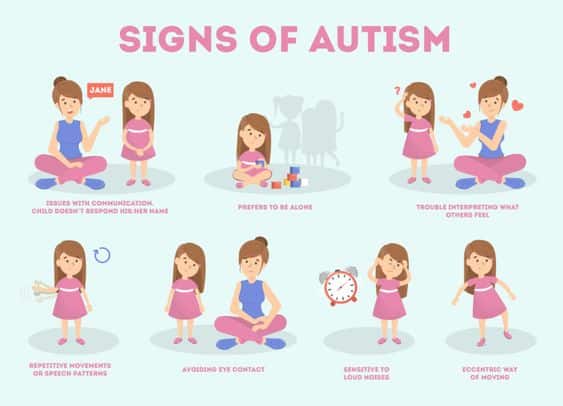The Autism Screening Instrument for Educational Planning (ASIEP-2) is a valuable tool for educators to assess students with Autism Spectrum Disorder (ASD) and develop personalized educational plans. Here’s how it works:
- Assessment Team: A team of educators, including special education teachers, psychologists, and speech and language pathologists, administers the ASIEP-2 when a student is referred for assessment.
- Evaluation Process: The ASIEP-2 combines standardized assessments, observations, and input from parents and teachers to evaluate the student’s strengths and areas of need in communication, social interaction, and repetitive behaviors.
- Individualized Education Program (IEP): Based on the ASIEP-2 results, an IEP is created. This program outlines educational goals, accommodations, and services like speech therapy or social skills training.
- Progress Monitoring: The IEP is reviewed annually, and the ASIEP-2 may be administered again to track progress and make necessary adjustments to the student’s program.
Using the ASIEP-2, educators can develop targeted interventions that address each student’s unique needs, fostering academic and social success. Goally’s tablet-based platform can supplement interventions by helping kids build life and language skills through fun, gamified learning and digital visual schedules, and AAC apps.
This post was originally published on May 4, 2023. It was updated on July 14, 2023.















